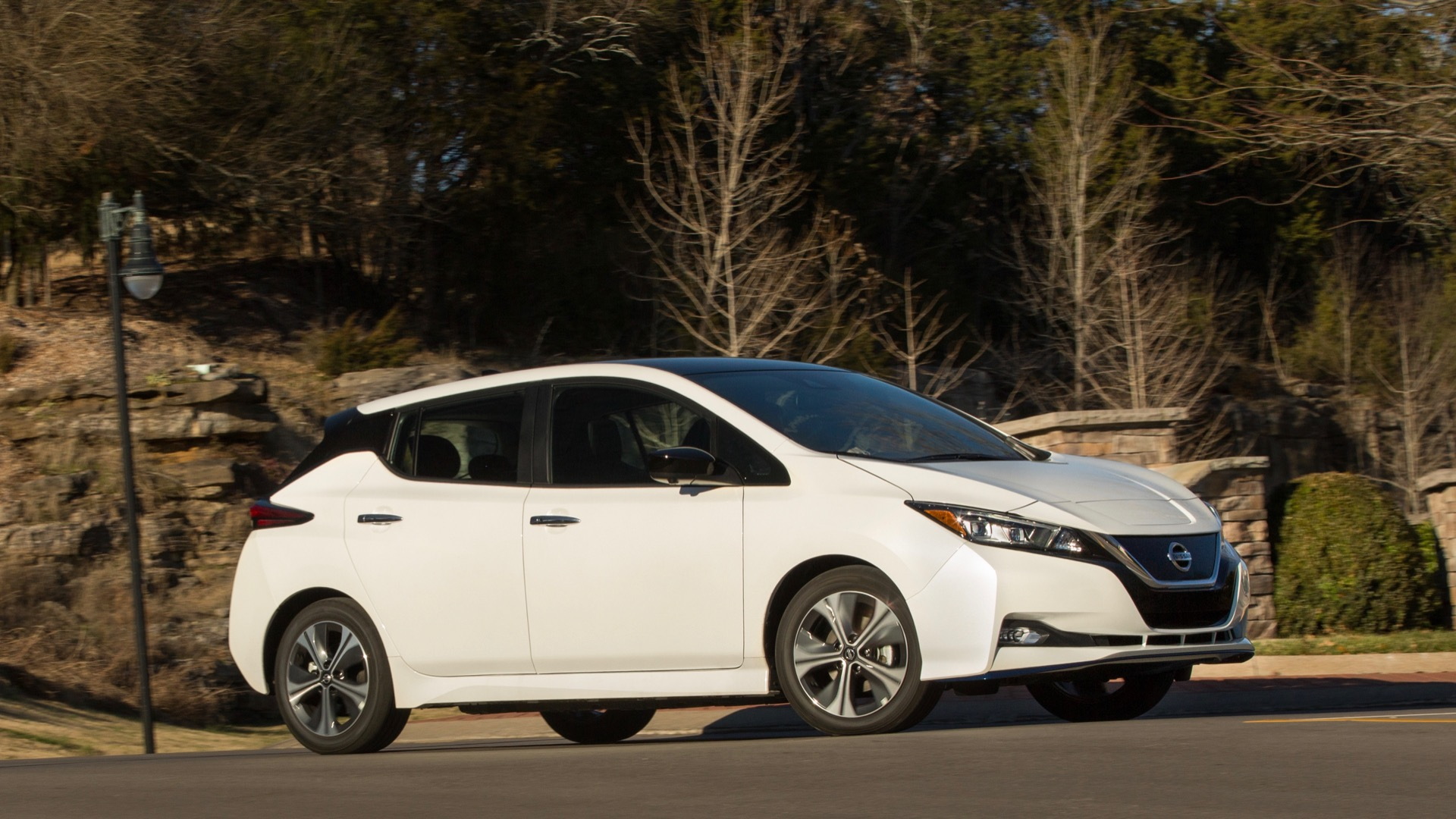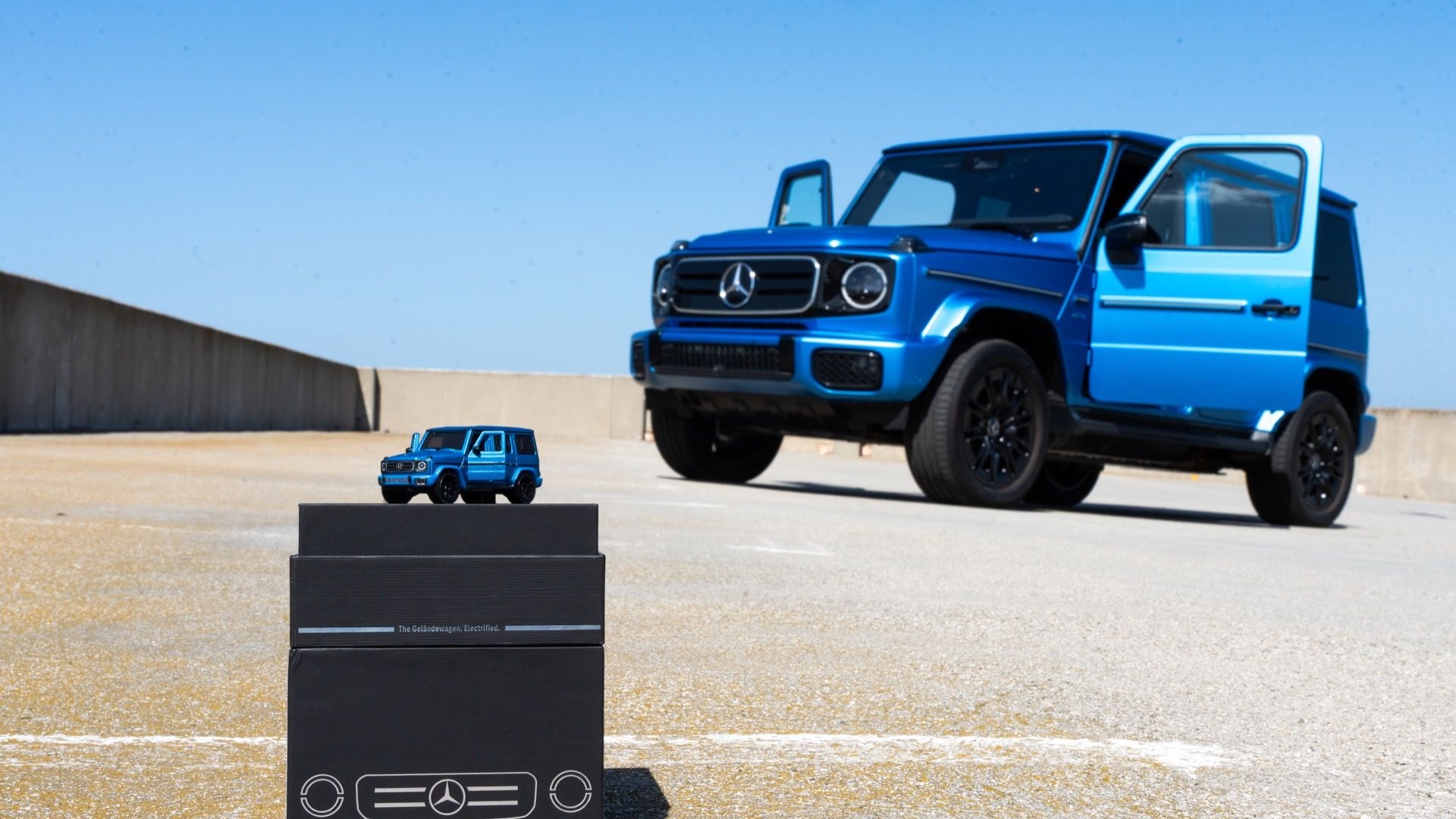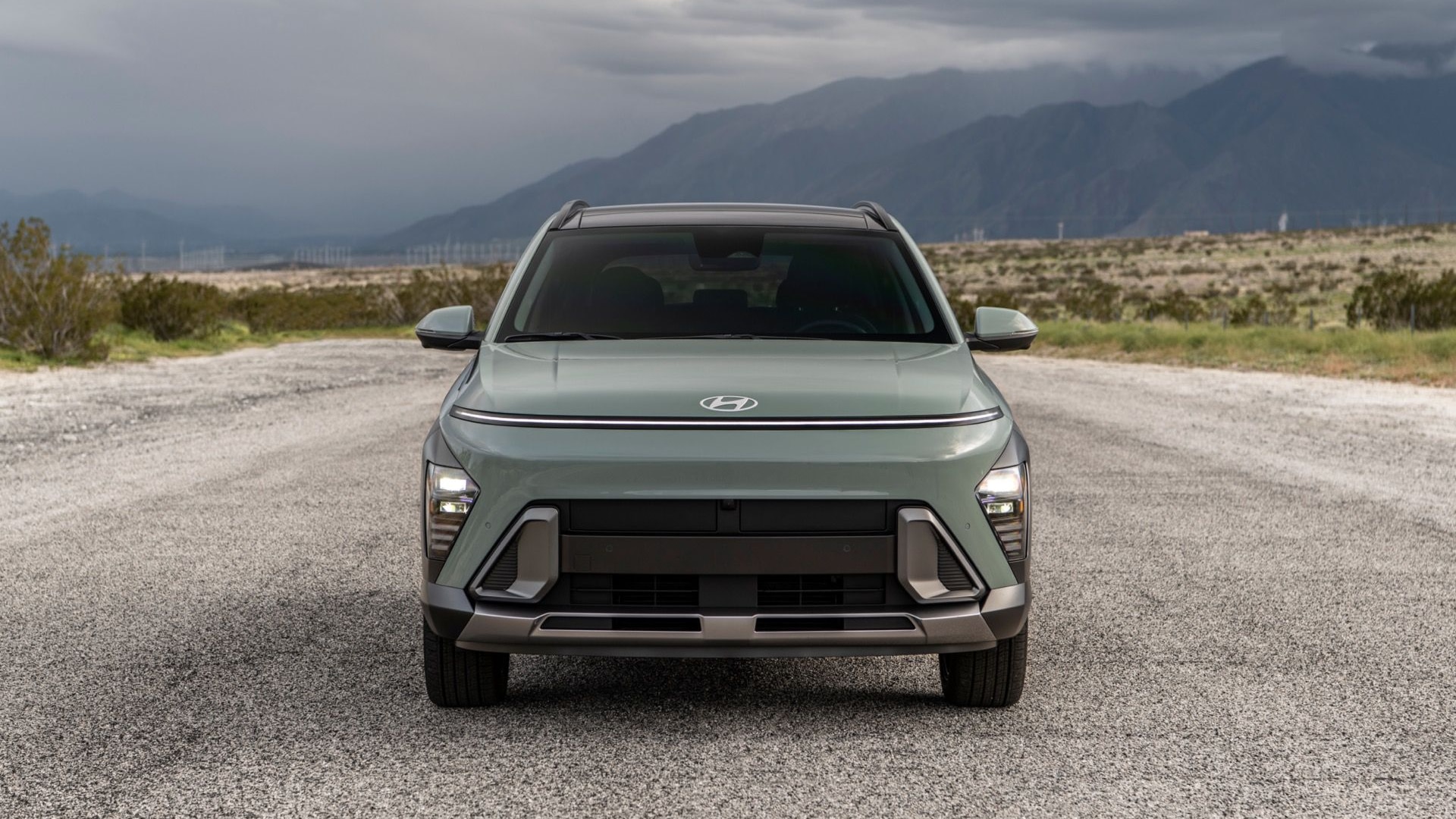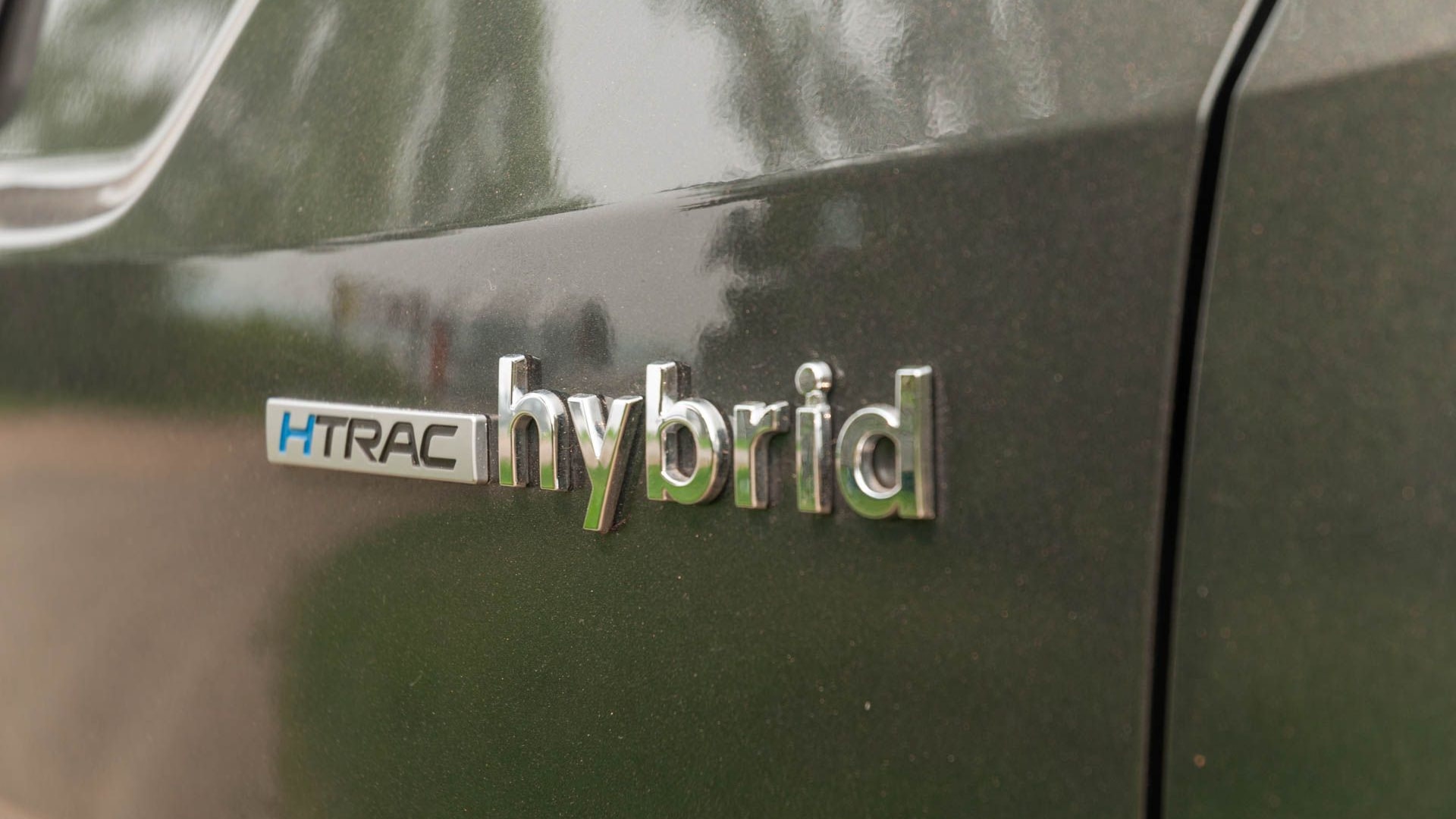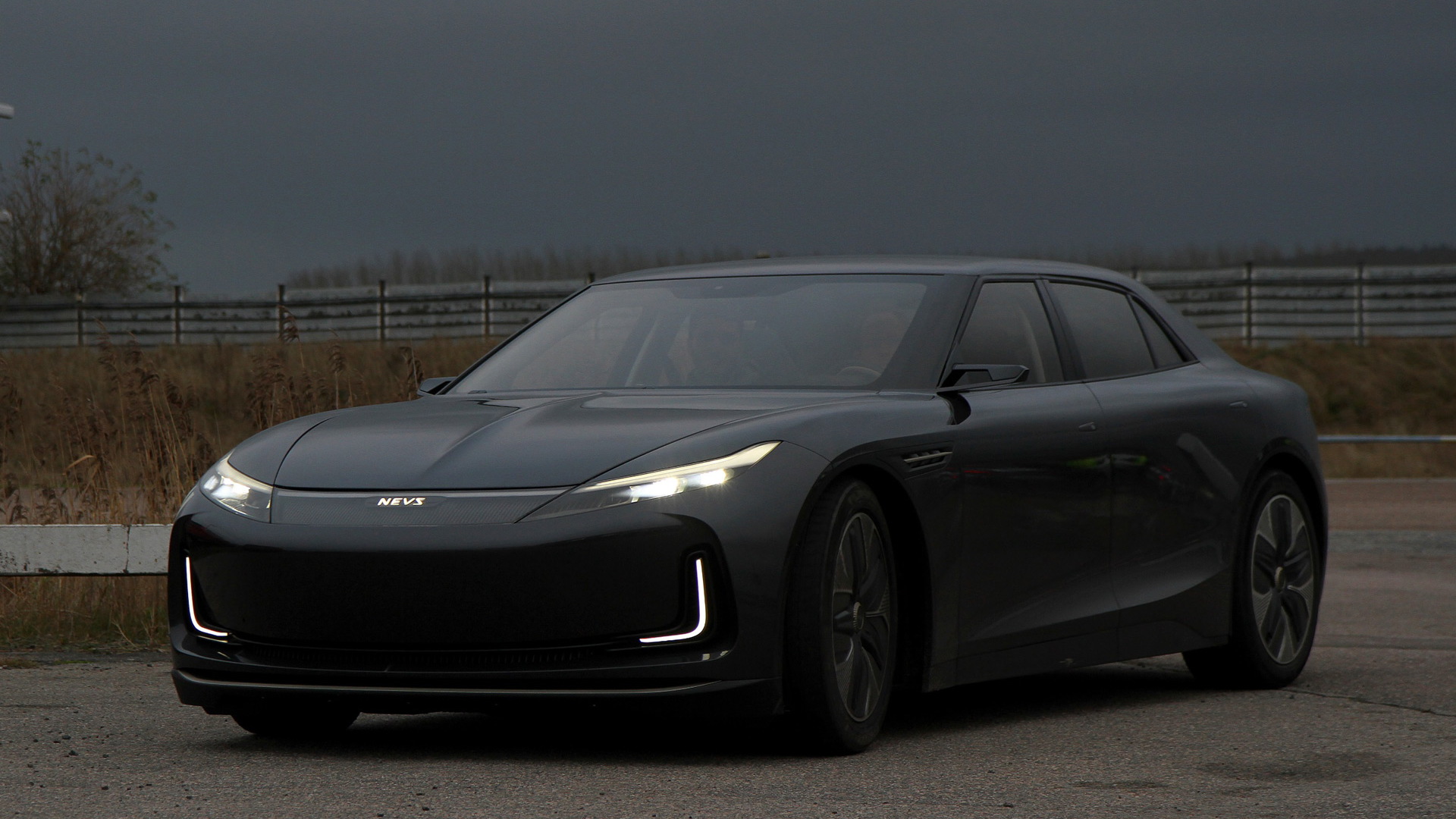It sounds like an intriguing idea: Make diesel fuel from air rather than fossil-fuel petroleum.
Better yet, make it from carbon dioxide--the greenhouse gas whose concentration in the atmosphere has risen precipitously since the dawn of the Industrial Age.
Diesel fuel, after all, is a hydrocarbon chain. Take hydrogen and carbon dioxide, add some energy, and voila: Carbon-neutral liquid fuel.
DON'T MISS: Is 400 PPM Actually The Most Important Metric Ever For Cars?
Indeed, according to a BBC report, two small companies--Sunfire in Germany and Carbon Engineering in Canada--are doing just that in pilot programs.
Sunfire produced usable e-diesel at its Dresden plant in April, and Johanna Wanka, a German minister, ran the first 5 liters in her Audi A8 TDI--an event the automaker proudly promoted.
Carbon Engineering has just completed a pilot plant that will produce 500 liters of carbon-neutral diesel fuel a day from 1 to 2 tons of atmospheric carbon dioxide.

Propel Fuels rolls out High Performance Renewable Diesel fuel in 18 Northern California locations
Synthesizing e-diesel starts with boiling water into steam, and then separating it into hydrogen and oxygen through electrolysis at roughly 800 degrees Celsius (1500 degrees Fahrenheit).
The hydrogen then reacts with CO2 under pressure, and again at high temperature, yielding a liquid called "blue crude," composed of long-chain hydrocarbons.
The blue crude is similar to the crude oil extracted from oil wells; the final e-diesel is created by conventional refining processes, and can be mixed with conventional diesel fuel.
ALSO SEE: Propel Renewable Diesel: Usable By Any Vehicle, Going Beyond 'Biodiesel'
As the BBC notes, "The process requires electricity, but if the start-ups use renewable electricity they can produce diesel that is carbon neutral."
And that's the challenge: It takes truly large amounts of electricity to produce relatively small volumes of diesel fuel.
The energy content of the resulting diesel fuel is only 13 percent of the energy required to manufacture it.
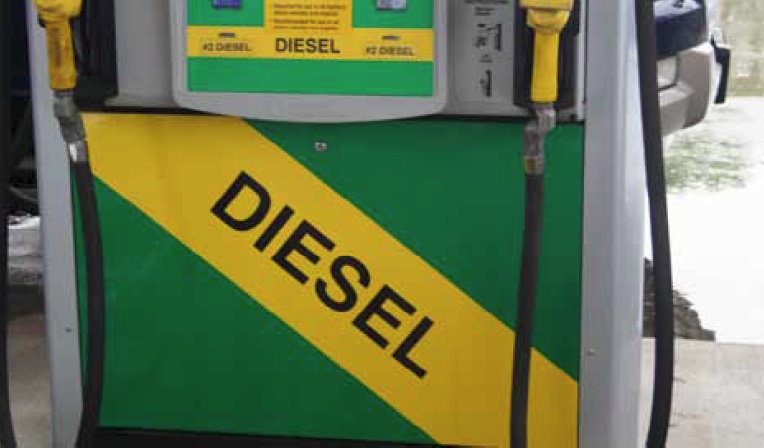
Diesel fuel pump
When that is run through a diesel engine, at 30 to 35 percent efficiency, only 4 percent of that energy is actually used to turn the wheels of the car--the rest is wasted in heat and noise.
Put another way, it takes the energy content of 25 gallons of fuel to make 1 gallon of carbon-neutral diesel, which can move a vehicle perhaps 35 miles.
Because electric cars are so much more efficient, that same energy content could move an electric vehicle about 2,500 miles--or two orders of magnitude more.
MORE: VW Renewable Diesel Test Finds Same Drivability, Lower Carbon Emissions
Renewable energy will slowly come to make up a greater portion of the electricity we use, both at utility scale and in individual installations in homes, buildings, and other sites.
Using that energy for transportation will displace fossil fuels, again slowly. It's pretty clear that the most efficient use of that energy (in terms of miles covered) is to charge the batteries of electric cars.
There's also the matter of cost: Sunfire estimates its fuel will cost €1-€1.50 per liter (roughly $4.20 to $6.30 at current exchange rates).

diesel and AdBlue fillers in Audi Q7 TDI
That's 12 to 18 cents per mile in a 35-mpg diesel car. At the average U.S. electric cost of 12 cents per kilowatt-hour, a mile in an electric car costs 3 to 4 cents.
Diesel will endure
That said, diesel vehicles will likely continue to exist on the globe through the lifetime of anyone reading this article. Battery-electric heavy trucks aren't likely to hit the roads for decades, if ever.
So running diesel vehicles on carbon-neutral fuels will always be a good idea.
It's just that this particular kind of carbon-neutral fuel requires an enormous amount of energy to produce--and to make the numbers work, all that energy must be renewable.
Policy makers may then be faced with a conundrum in deciding where to place bets, funds, and infrastructure investments.
Here's hoping that the overall efficiency of energy use plays a role in those decisions.
[hat tips: Randall Hamlet, Brian Henderson]
_________________________________________________

